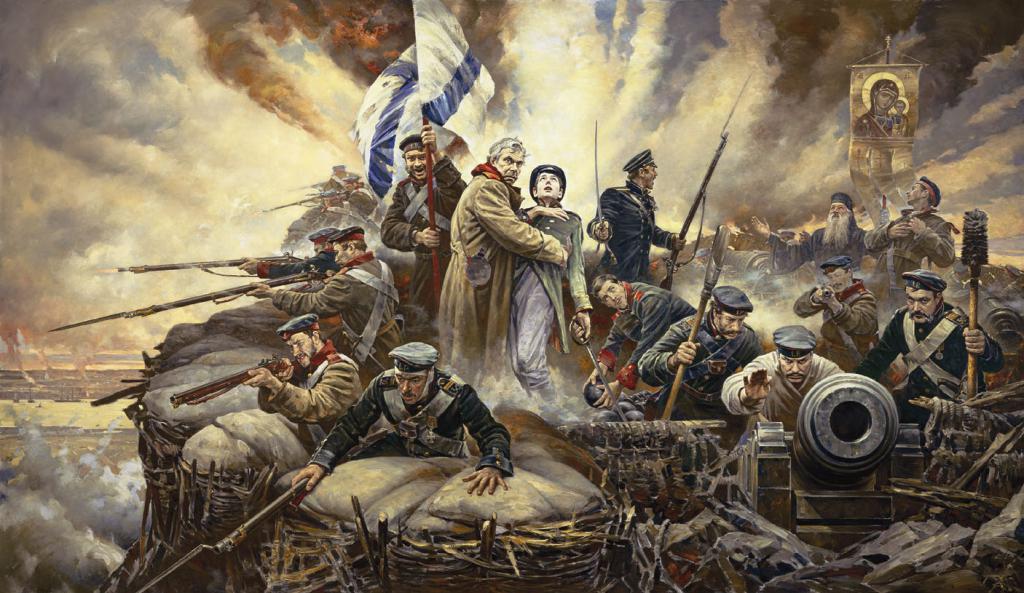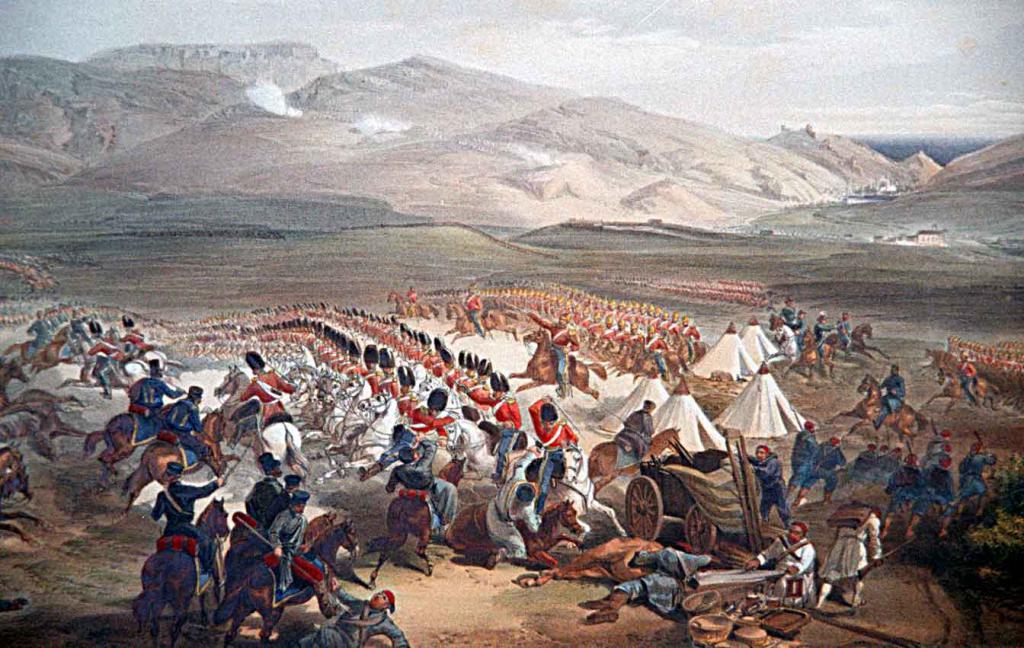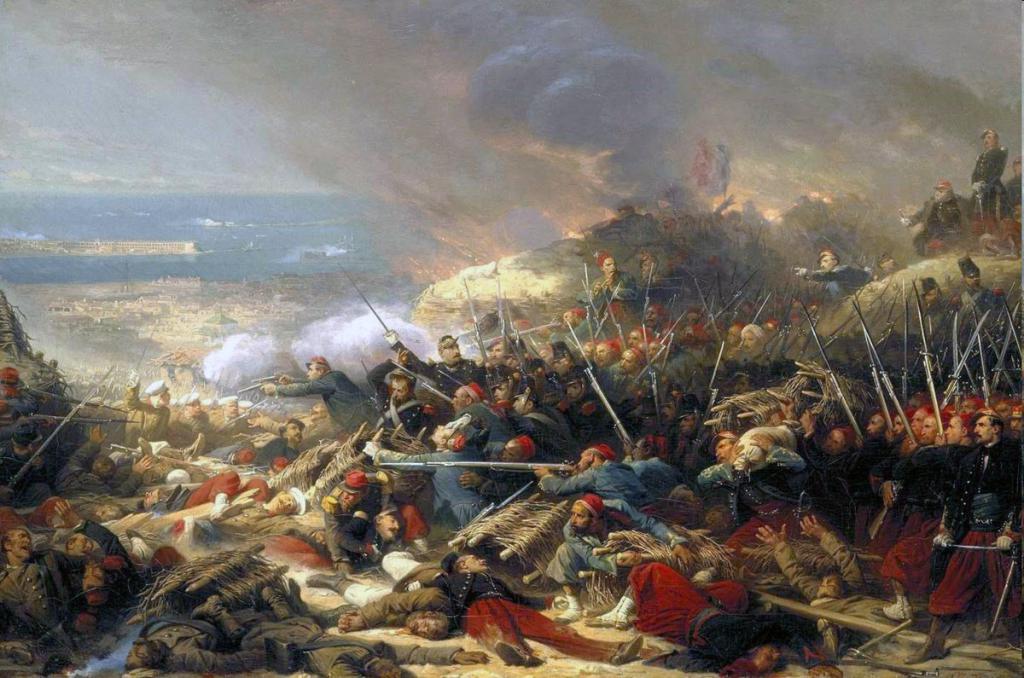In this article, we will talk about an outstanding person - Istomin Vladimir Ivanovich. Admiral Istomin immortalized his name, showing incredible courage and courage during the heroic defense of Sevastopol during the most difficult Crimean war of the nineteenth century.
Children and teenagers
Istomin was born in 1809 in a poor noble family, in the village of Lomovka, Mokshan district, Penza province, but some consider the birthplace of the Estland province (the city of Revel), where his father served in the Cameral Court. Vladimir was the fourth child, and in total there were seven children in the family.
Having received a home education, Vladimir in 1820 petitioned the emperor Alexander Pavlovich with a request to be admitted to the Naval Cadet Corps, where his two older brothers had already studied. The future Admiral Istomin studied at the Marine Corps from 1823 to 1827 and was promoted to the rank of midshipman, since by age he could not be awarded the military rank of midshipman.
The beginning of the battle path
Midshipman Istomin was assigned to the battleship Azov, which, as part of a squadron, was heading for the coast of Greece to help the Greeks rebel against Turkish rule. He commanded the "Azov" MP Lazarev, the celebrated naval commander who made three round-the-world voyages. In a fierce four-hour battle in the Bay of Navarino on October 8, 1827, the Russian squadron together with the allies (27 ships) destroyed 62 warships of the Turkish-Egyptian squadron.

Especially distinguished "Azov", which sank 5 ships on its own, and another - together with the British. For this fight, Admiral Heyden personally hung the Sign of the Military Order on Vladimir Istomin’s chest and made him a midshipman. The Russian squadron returned to Kronstadt three years later, and in 1831 the Azov, which received many injuries, was decommissioned. The crew of the ship was transferred to the new Memory of Azov ship and the St. George flag was transferred, which for the first time in history was awarded to the old ship.
Service of Istomin in the period from 1832 to 1853
The young warrant officer continued his service on the 44-gun Maria frigate, part of the Baltic Fleet. At the request of Admiral Lazarev, Istomin, who became a lieutenant, was transferred to the Black Sea Fleet in 1835. The next two years he served on different ships. As the commander of the schooner "Swallow" Istomin participated in the transportation of landing troops, reconnaissance and patrol service in the waters of the Mediterranean Sea, and in 1840 he was promoted to lieutenant commander.

Vladimir Ivanovich continued his service in the Caucasus, where he was awarded the rank of captain of the 2nd rank and then prematurely captain of the 1st rank for differences in military operations . In 1849, Istomin was appointed commander of the new 120-type ship “Paris”. Participating in the Battle of Sinop (1853), the crew of Paris sank 4 enemy ships, and the commander’s personal courage and bravery were marked by the assignment of an admiral's rank. Rear Admiral Istomin made a significant contribution to ensuring the dominance of the Russian fleet in the Black Sea.
Crimean company
Having declared war on Russia in 1854, England and France, together with Turkey, landed a 61,000th landing force in Yevpatoria. After the battle on the river. Alme with almost twice the enemy’s forces, the Russian army retreated, opening the way to Sevastopol. The naval base, well fortified from the sea, was defenseless against an offensive from land. The defense of the city was divided into 4 distances, and Admiral Istomin was appointed commander of an extremely important and at the same time defenseless distance - Malakhov Kurgan.

With the direct energetic participation of Istomin, the Malakhov Kurgan in the shortest possible time became impregnable, reliably protecting the city from invasion. Vladimir Ivanovich literally lived on the defensive lines, constantly endangering his life. March 7, 1855 Istomin with a cannonball shot his head off. The memory of the hero is immortalized in the name of the streets, the name of the bay discovered by Russian sailors at the Korean Peninsula. At the place of death of the admiral, a granite obelisk is installed. The biography of Admiral Istomin, who died at 45, is very short and is the clearest example of selfless heroic service to his homeland.